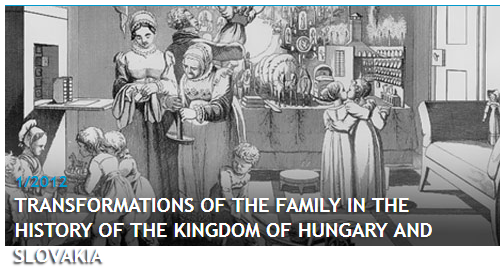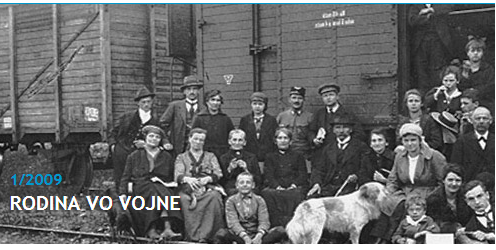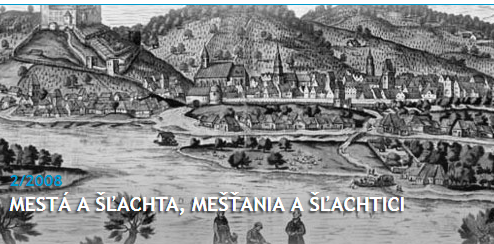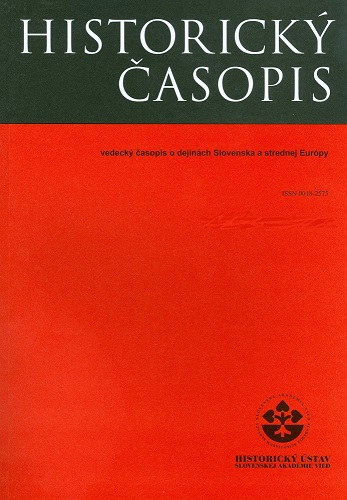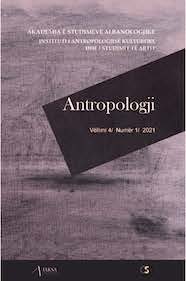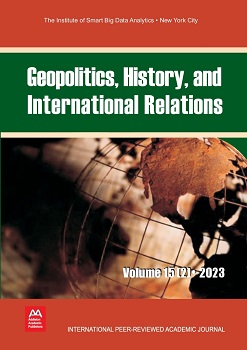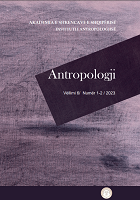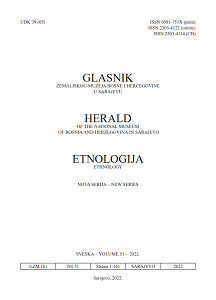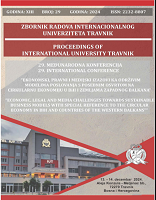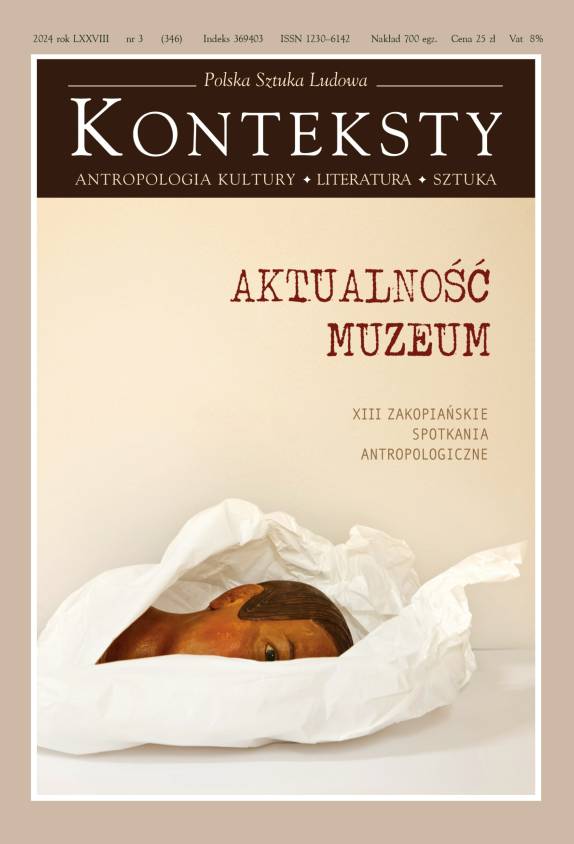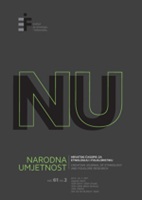
Dostupné bývanie ako ideologické rozhranie verejných a privátnych záujmov v plánovaní mesta
Ideologies behind the modern phenomena of mass housing were many and it is crucial to read their impact on contemporary European cities in the frame of different historical circumstances that accompanied the modern project of socially accessible housing as developed almost simultaneously in both democratic and totalitarian societies in Europe during entire 20th century: the rise of the modern planning in the interwar period, its role within the post-war reconstruction of Europe under welfare states in the West and communist states in the East and the fall of the inherent utopia of the modern plan that lasted till early 1990s in the Central and Eastern Europe. The case study of the Bratislava mass housing project Dlhé Diely- the last one ideologically determined, planned and promoted as a key public interest by the communist state - offers an useful insight into the ideological complexity of the phenomena when its realization hit the edge of the decay of the belief in planning large scale public housing projects as such and at a moment of total privatization of the social housing and liberation of urban planning standards and regulations that takes place in Bratislava till today. The consequences of these tendencies have immense impact on its actual urban quality. Since 1990s the Western Europe was already preparing new ways of planning accessible housing projects informed of the mistakes and failed ambitions of modernity. The case of IJburg new Amsterdam housing and public development planned since 1990s and inhabited recently shows how state and municipal interests in providing accessible housing for large part of society – the issue completely abandoned in our post-communist era city planning – forms contemporary and complex urbanity in Europe today.
More...
